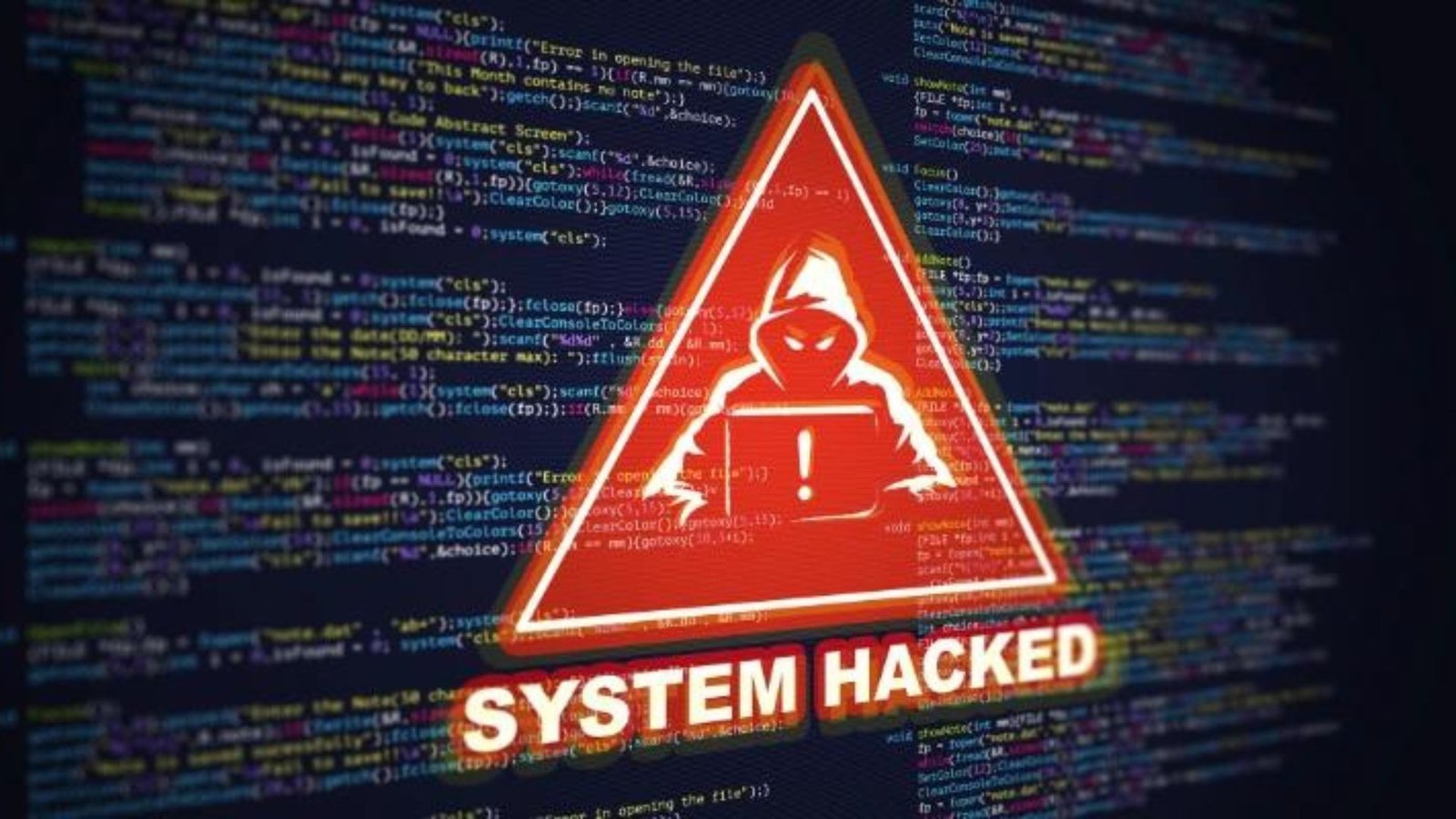Addressing Financial Risks of Hacking
|
Getting your Trinity Audio player ready...
|
Financial risks of hacking loom large in today’s digital realm, posing significant threats to businesses and individuals. From direct financial losses to long-term damage to reputation and trust, the consequences can be profound. Understanding the multifaceted nature of these risks is crucial for devising effective mitigation strategies. Direct costs include expenses for forensic investigations, legal fees, and regulatory fines, while indirect costs encompass loss of revenue, decreased productivity, and brand reputation damage. To combat these risks, organizations must invest in robust cybersecurity measures, such as advanced threat detection technologies, employee training programs, and incident response plans. Collaborating with external partners, such as cybersecurity experts and regulatory bodies, can provide additional support and expertise. Continuous monitoring and evaluation of cybersecurity measures are essential for staying ahead of evolving threats.
Understanding the Financial Impact
When a company falls victim to a hacking attack or data breach, the financial repercussions can be severe. Beyond the immediate costs of remediation, including forensic investigations and legal fees, there are also long-term consequences such as damage to brand reputation and loss of customer trust. Moreover, regulatory fines and penalties may further compound the financial burden on organizations found to be non-compliant with data protection laws.
Assessing Direct Costs
Financial risks of hacking can manifest in various forms, with direct costs often proving substantial. These expenses typically revolve around addressing the immediate aftermath of a hacking incident or data breach. Conducting forensic analyses to ascertain the breach’s extent and impact is a critical initial step, incurring significant financial outlays. Moreover, notifying affected individuals or customers and providing credit monitoring services further add to the financial burden. Implementing security enhancements to fortify defenses against future incidents also entails considerable costs. Additionally, legal fees, regulatory fines, and potential lawsuits from affected parties can escalate financial liabilities for organizations. This confluence of expenses underscores the profound financial risks associated with hacking incidents and data breaches. Addressing these risks requires a proactive approach, encompassing robust cybersecurity measures, effective incident response plans, and collaboration with legal and regulatory entities.

Addressing Financial Risks of Hacking and Data Breaches
Examining Indirect Costs
In addition to direct financial expenses, there are also indirect costs associated with hacking and data breaches. These may include loss of revenue due to business disruption, decreased productivity as employees focus on remediation efforts, and damage to brand reputation leading to customer churn and loss of market share. Furthermore, organizations may face increased insurance premiums or difficulty obtaining coverage following a significant cybersecurity incident.
Comprehensive Response Plan
To effectively mitigate the financial risks of hacking and data breaches, organizations must develop and implement a comprehensive response plan. This plan should encompass proactive measures to prevent incidents, such as robust cybersecurity protocols, employee training programs, and regular vulnerability assessments. Additionally, organizations should establish clear procedures for incident response, including roles and responsibilities, communication protocols, and escalation pathways.
Cybersecurity Measures
Investing in cybersecurity measures is essential for protecting against financial risks associated with hacking and data breaches. This may include deploying advanced threat detection technologies, implementing encryption and multi-factor authentication, and regularly updating software and systems to address known vulnerabilities. Furthermore, organizations should prioritize cybersecurity awareness and training initiatives to empower employees to recognize and respond to potential threats effectively.
Collaborating with External Partners
Collaborating with external partners, such as cybersecurity experts, law enforcement agencies, and regulatory bodies, can also help organizations mitigate the financial risks of hacking and data breaches. Establishing relationships with trusted cybersecurity vendors and legal counsel can provide organizations with access to specialized expertise and resources to effectively respond to incidents and navigate regulatory requirements.
Continuously Monitoring and Evaluating
Effective risk management necessitates an ongoing commitment to monitoring and evaluating cybersecurity measures to proactively identify and address emerging threats and vulnerabilities. This involves regular assessments of an organization’s cybersecurity posture to ensure its resilience against evolving cyber risks. Conducting penetration testing and vulnerability assessments enables organizations to identify potential weaknesses in their systems and infrastructure, allowing for timely remediation efforts. Furthermore, updating incident response plans based on insights gleaned from past incidents enhances preparedness and response capabilities. By remaining vigilant and proactive in their approach to cybersecurity, organizations can effectively reduce their exposure to financial risks associated with hacking and data breaches. This continuous cycle of monitoring, assessment, and improvement forms the cornerstone of a robust cybersecurity strategy, enabling organizations to stay ahead of cyber threats and protect their assets, reputation, and stakeholders from harm.
Conclusion
In conclusion, addressing the financial risks of hacking and data breaches requires a multifaceted approach that encompasses proactive prevention, rapid response, and ongoing evaluation. By understanding the direct and indirect costs associated with cybersecurity incidents, developing comprehensive response plans, investing in cybersecurity measures, collaborating with external partners, and continuously monitoring and evaluating their cybersecurity posture, organizations can mitigate the financial impact of hacking and data breaches and safeguard their financial well-being in an increasingly digital world.
You might be interested in:
